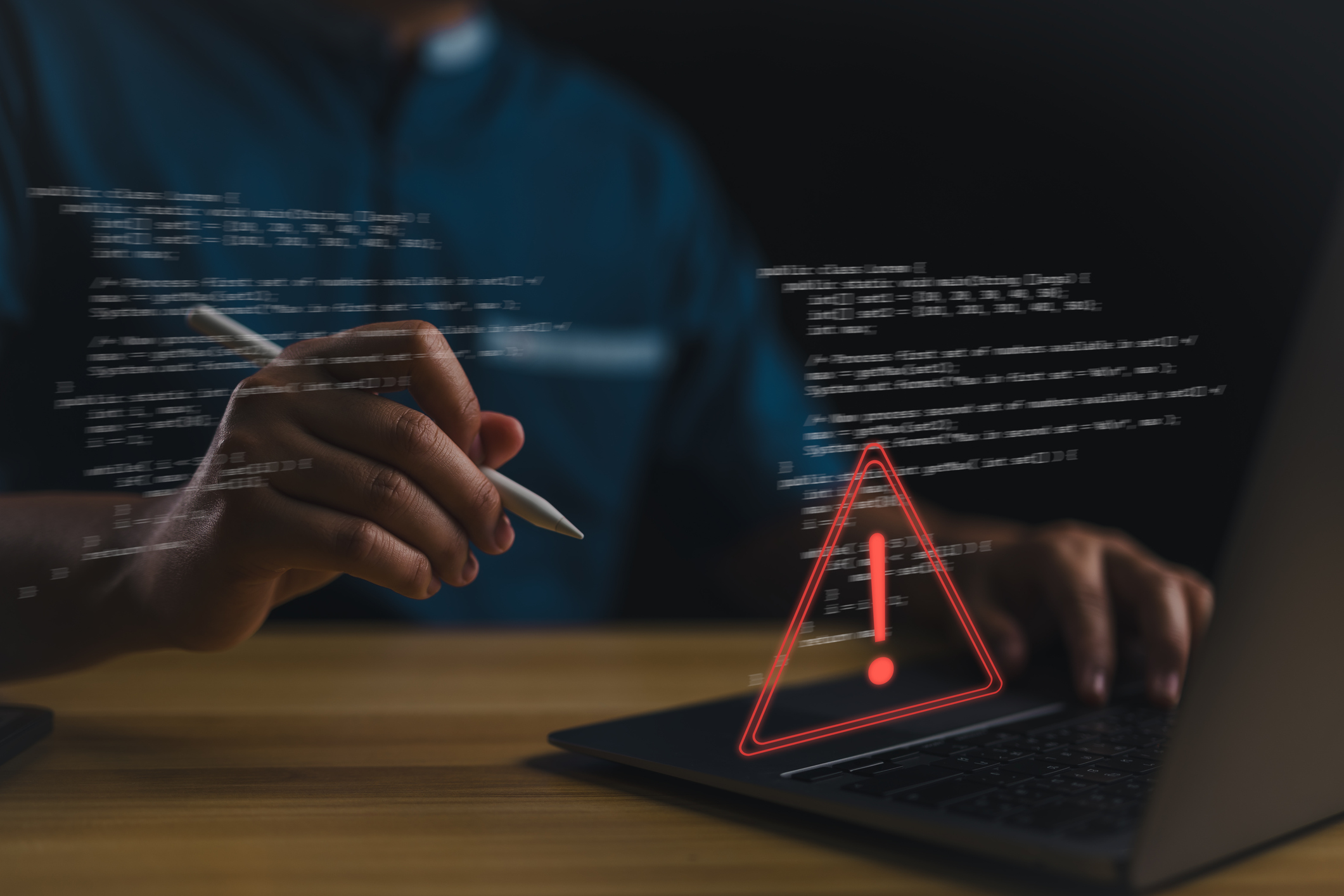In today's digital landscape, electronic payments, such as wire transfers, offer organizations enhanced efficiency and security. However, with these benefits come inherent risks, particularly the threat of fraud. Client and vendor fraud, often involving falsified documentation or compromised information, can pose significant challenges to organizations of all sizes. To mitigate these risks effectively, implementing robust internal controls and best practices is crucial. Here's a comprehensive guide to bolstering the security of wire transfer processes:
- Develop a Detailed Wire Transfer Policy: Establish clear procedures for initiating, approving, and executing wire transfers. Emphasize segregation of duties and provide guidelines for staff when encountering suspicious transactions.
- Educate and Empower Finance Staff: Offer training on recognizing social engineering and wire transfer fraud schemes. Foster a culture of vigilance among employees and ensure thorough understanding of wire transfer policies and procedures.
- Implement Verification Processes: Verify the authenticity of wire transfer requests and changes to contact information. Use phone verification with known and reliable contact details to confirm transactions and validate account ownership.
- Segregate Duties: Require dual authorization for wire transfers, with one employee initiating the transfer and another approving the release of funds. Specify roles for "initiators" and "approvers" in your policy.
- Coordinate with IT Team: Collaborate with IT professionals to maintain robust system security and email spam filters to prevent unauthorized access to sensitive information.
- Understand Insurance Coverage: Review insurance policies to comprehend coverage for wire transfer payments. Consider bonding certain employees for added protection.
- Secure Bank Accounts: Utilize dedicated bank accounts solely for wire transfers, maintaining a zero balance when not in use. Establish dollar limits and international wire transfer blocks to mitigate risks associated with foreign transactions.
- Actively Monitor Accounts: Regularly review bank activity, comparing wire receipts to documentation to identify discrepancies promptly. Monitor accounts daily to detect any unauthorized or suspicious transactions early.
By adopting these best practices, organizations can enhance the security and integrity of their wire transfer processes, thereby mitigating the risks of fraud and financial loss. For more in-depth insights and actionable tips, download our brochure on best practices for sending wire transfers HERE.
Remember, proactive measures and a vigilant approach are key to safeguarding your organization's financial assets in today's digital landscape.








